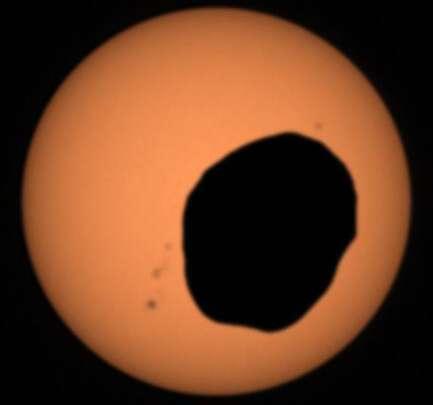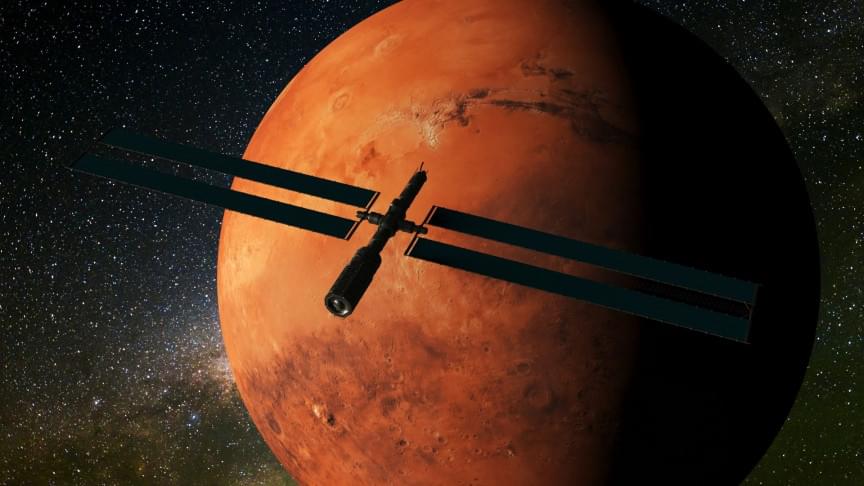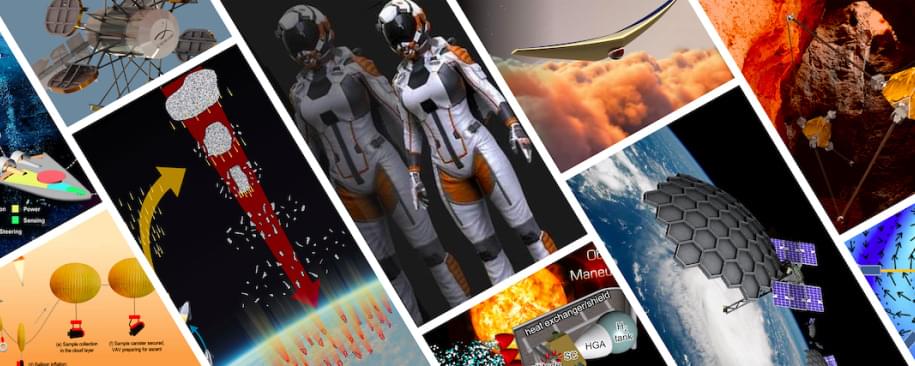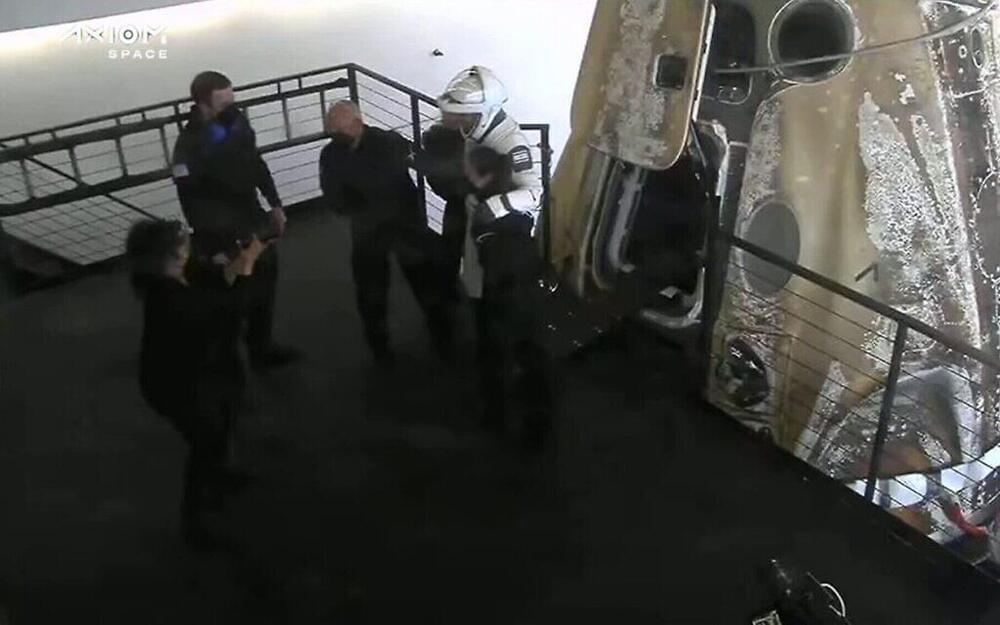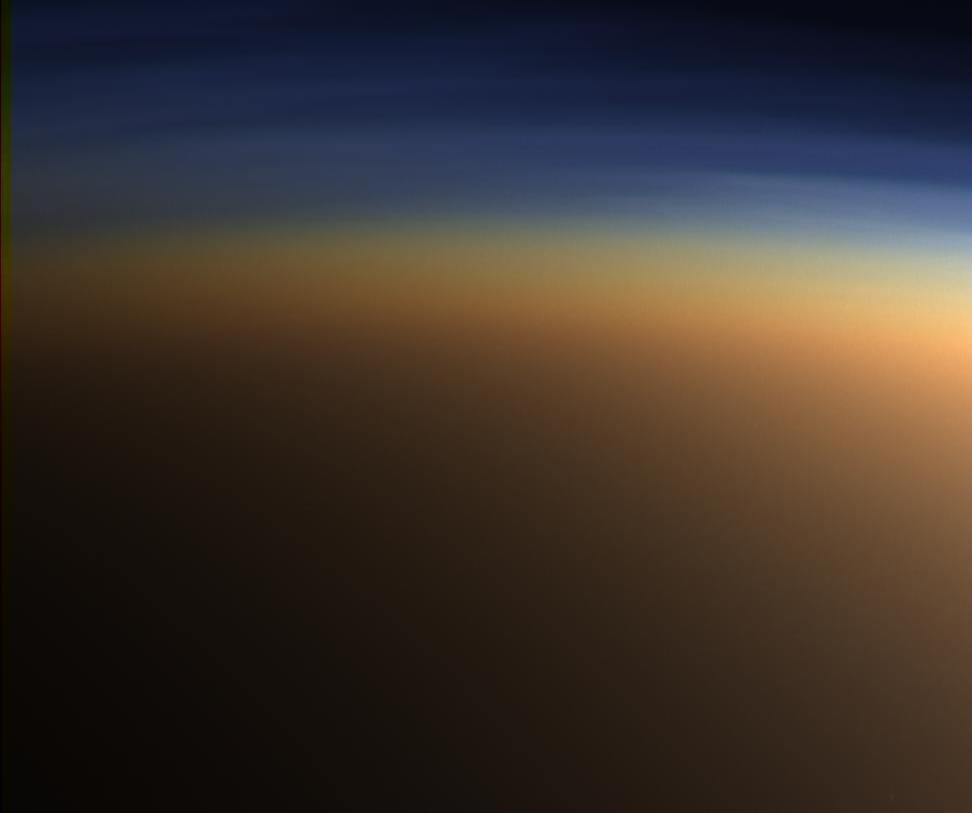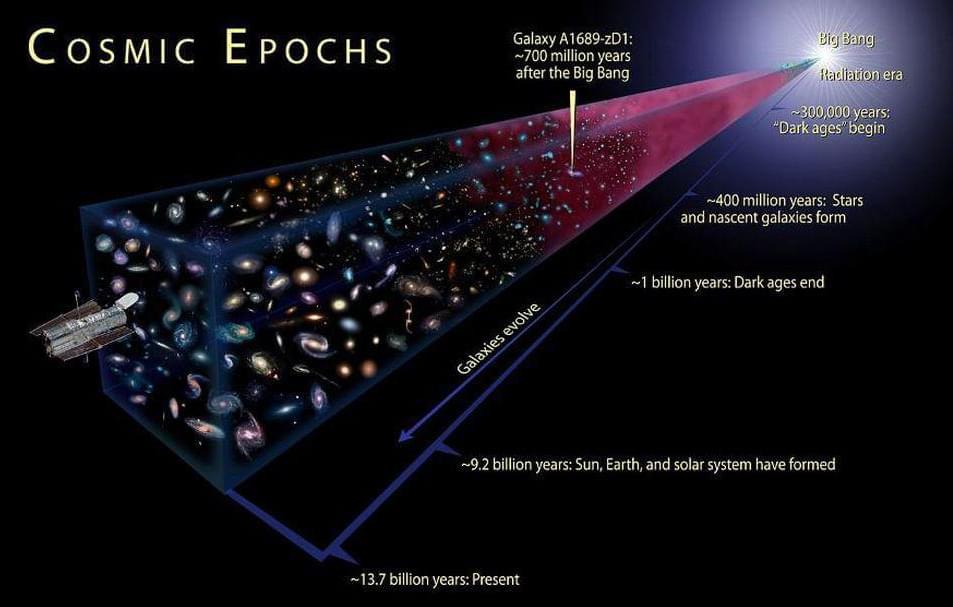Apr 30, 2022
NASA’s Webb In Full Focus, Ready for Instrument Commissioning
Posted by Saúl Morales Rodriguéz in category: space
Alignment of NASA’s James Webb Space Telescope is now complete. After full review, the observatory has been confirmed to be capable of capturing crisp, well-focused images with each of its four powerful onboard science instruments. Upon completing the seventh and final stage of telescope alignment, the team held a set of key decision meetings and unanimously agreed that Webb is ready to move forward into its next and final series of preparations, known as science instrument commissioning. This process will take about two months before scientific operations begin in the summer.
The alignment of the telescope across all of Webb’s instruments can be seen in a series of images that captures the observatory’s full field of view.
Continue reading “NASA’s Webb In Full Focus, Ready for Instrument Commissioning” »


